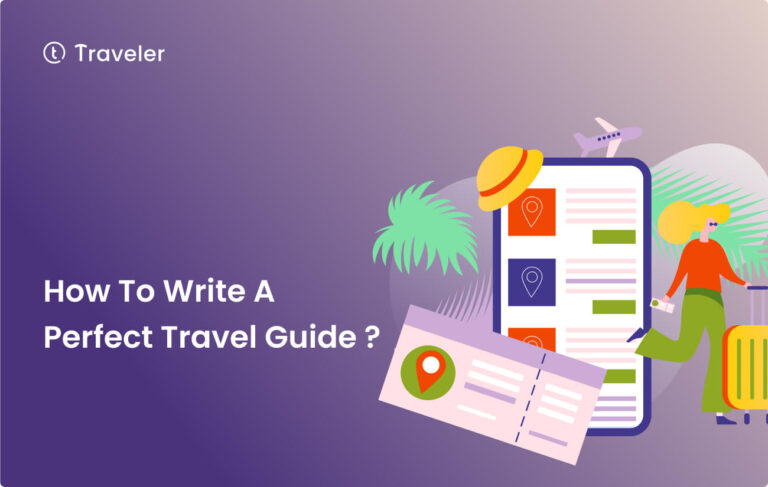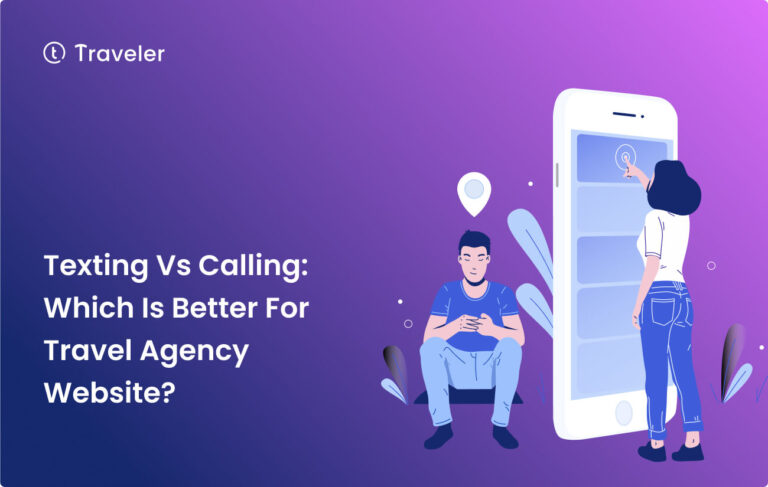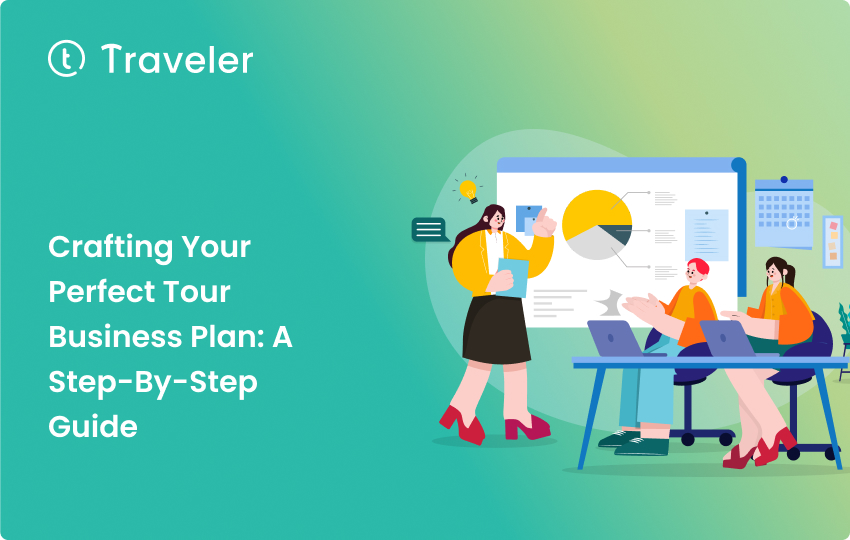
Table of Contents
How to make a tour business plan successful? Do you want to be the next big tour company, giving people from all walks of life fun and educational trips? If you want your tour business to be successful, you’ll need a specific plan. A good business plan will explain your company’s goals, direction, and strategy. It’s also a must-have if you want to find partners or get money for your business. But don’t worry! Putting together a good and complete tour business plan doesn’t have to be hard. All it takes is some basic planning and study. Here’s everything that should be in the best business plan for a tour company!
A tour operator business plan is, in the simplest words, a long document that gives an overview of your company and how it works. It has details about your target market, the services you offer, your marketing plans, your financial forecasts, and more. The plan’s goal is to give you a road map for your business and help you make choices about its future that are based on facts.
Executive Summary
Overview of the tour business
The first section of a tour operator business plan should provide an overview of the company. This includes information about the type of tours offered, target market, location(s), and any unique selling points. It is also important to include details about the company’s legal structure and ownership.
Mission statement
Your mission statement should sum up your vision, values, and goals in a few sentences and help you make choices. At its heart, it should say what you want to accomplish with your tour operator business and how you will do it. It should be like a promise of what you want to do with your business.
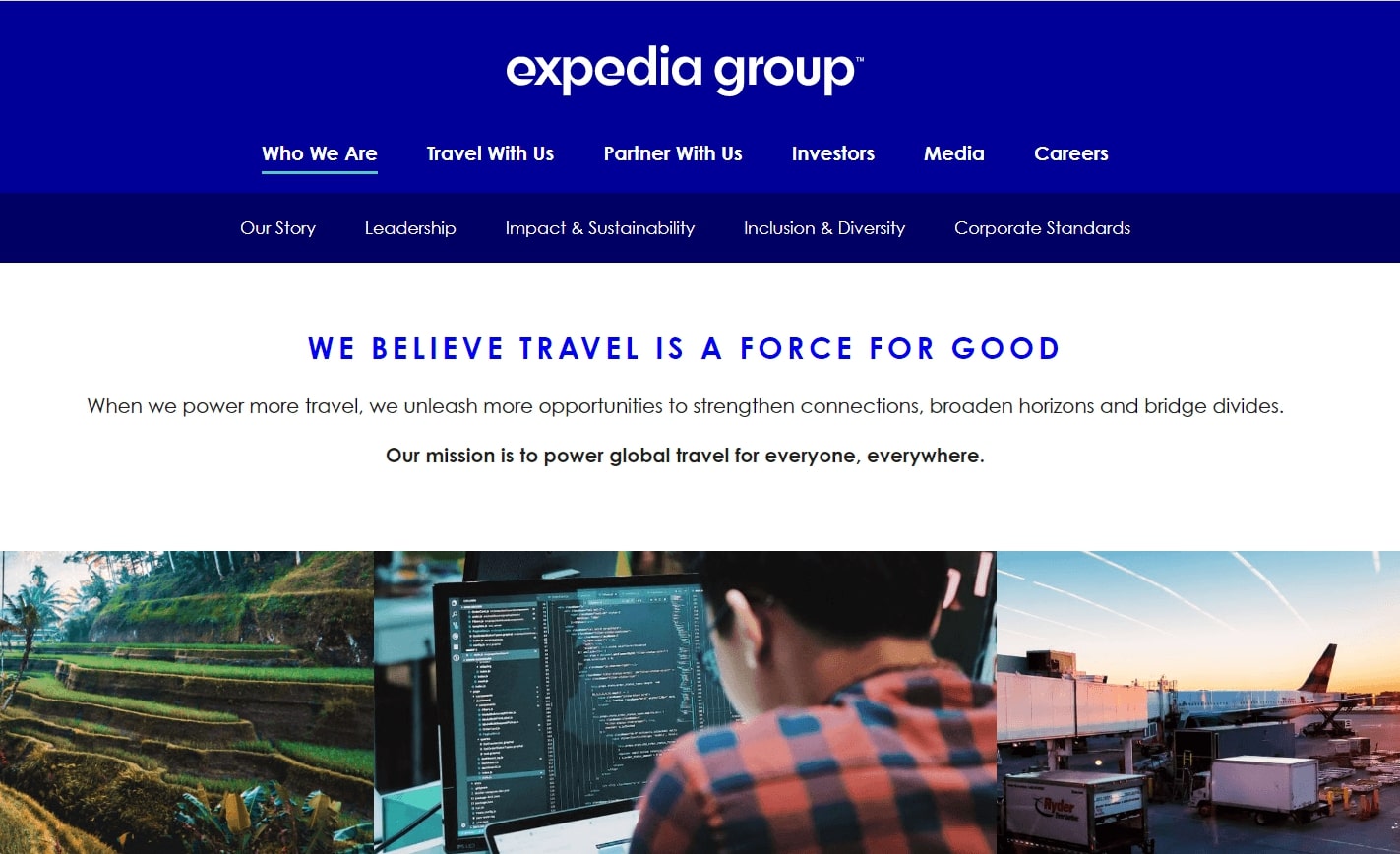
Key objectives
The key objectives section should outline specific goals that the company aims to achieve in the short-term (1-2 years) and long-term (3-5 years). These objectives should be specific, measurable, achievable, relevant, and time-bound (SMART).
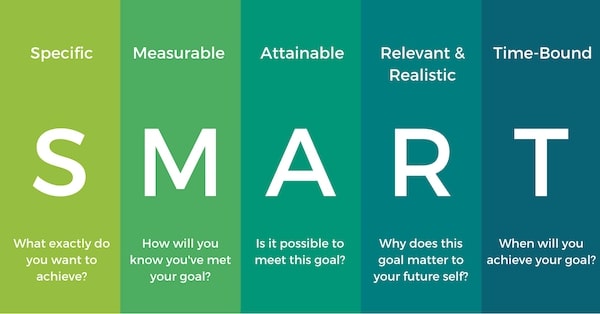
Business Description
Description of the tour business
To ensure success and longevity, it is important to create a comprehensive tour business plan that covers all facets of the operation. This should provide an overview of:
- Customized Tours: The Tour Business offers personalized trips tailored to each customer’s interests and goals.
- Professional Guides: Experienced guides provide insight and information about the different cultures, landscapes, and attractions experienced on the tour.
- All-Inclusive: All meals, accommodations, and transportation are included in the tour package.
- Educational: Tours are designed to provide a unique and educational experience to travelers of all backgrounds.
- Affordable: By providing affordable prices and group discounts, the tour operator aims to make tours accessible to everyone.
Market analysis
Obtaining a detailed market analysis is essential when building a tour company plan. It consists of:
- Target Market: Identifying the size of the market, the type of customers, and their needs and preferences.
- Demographics: Analyzing the geographic, age, gender, income, and other demographic characteristics of the target market.
- Competition: Assessing the competitive landscape and the existing tour offerings. This involves researching the types of tours that are currently available, the price points, and the quality of service.

Target audience
Think about who you want to go on your tours, like families, couples, business tourists, people who want to try new things, or older people.
If you want to reach action seekers, for example, you should know that they want both mental and physical challenges. So, make your tours fit their unique tastes and interests and give them unforgettable experiences that they will remember and excitedly tell their friends about.
Competitive analysis
Competitor analysis is critical when evaluating any industry and should form the fundamental structure of your business plan. Here are the key points to consider:
- Identify who your competitors are and what they offer
- Evaluate your competitors’ strengths and weaknesses
- Monitor your competitors’ performance by tracking customer reviews, website traffic, and advertising strategies.
- Compare your tour business to your competitors to determine where you stand in the industry.
- Identify any opportunities or threats posed by your competitors in the marketplace.
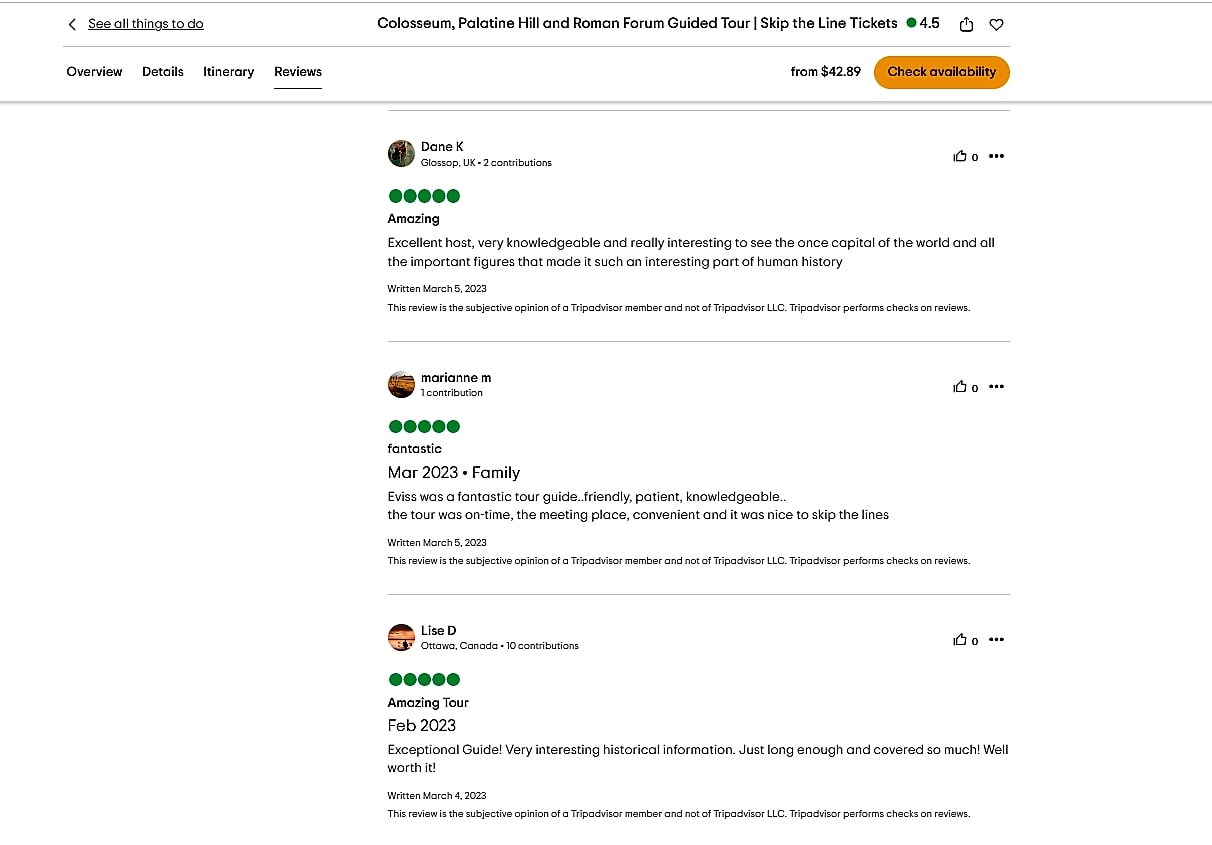
Services Offered
Detailed description of the tours offered
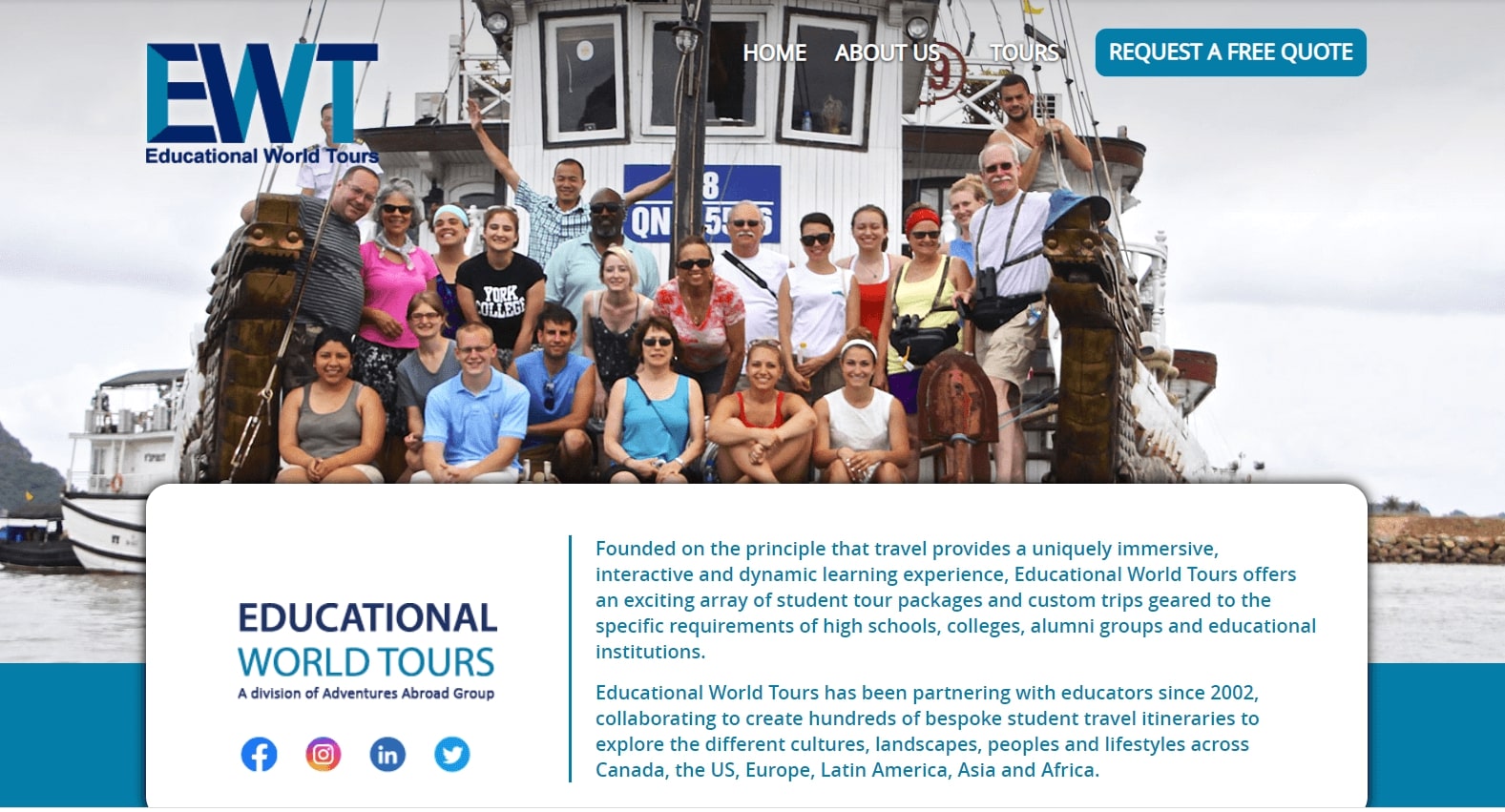
When creating your tour business plan, one of the most important components is a detailed description of the tours you intend to offer.
- Sightseeing Tours: These are perfect for visitors who want to explore a city’s top attractions.
- Cultural Tours: These tours help visitors learn more about the local culture.
- Adventure Tours: These tours are great for thrill-seekers who want to explore the outdoors, like biking tours, kayaking, climbing expeditions, and more.
- Nature Tours: For those who want to get up close and personal with nature, offer eco-tours to nearby parks and nature reserves.
- Educational Tours: Aimed at students and teachers, these tours are designed to provide an educational experience like history and art-focused tours.
Tour itineraries

Think about what the customer wants and how they like to spend their time. Include unique and educational activities that show off the history, culture, and draws of each place. Make sure to give them some free time to relax and explore on their own. A well-planned tour will not only bring in people but also make sure they have an experience they will never forget.
Pricing

It’s important to find a price for your tour packages that is both affordable and profitable. You want to have low prices to attract customers, but you also need to make sure that your prices cover all of your costs and make you a profit.
For example, if you offer a 7-day tour package to a famous destination, make sure to include all the costs for transportation, lodging, meals, activities, and tour guides. Then, add your targeted profit margin to figure out how much the package should cost in total. Remember that reasonable pricing can set your tour company apart from the competition, but it’s important to keep your business going and making money.
Marketing and Sales Strategy
Marketing channels

There are a variety of ways to reach potential customers, including traditional and digital channels
- Traditional marketing: This could include print advertising, TV/radio spots, and direct mail campaigns.
- Digital marketing: may include search engine optimization (SEO), content marketing, email campaigns, and social media (Facebook, Instagram, TikTok) campaigns.
- Events: Events like trade shows, conferences, and seminars can be great ways to introduce potential customers to your tour business.
- Partner programs: Partnering with other businesses in related industries can be a good way to reach new customers.
- Word of mouth: Encourage customers to share their experiences with your tour company This could involve offering discounts or promotions for referrals.
P/S: Looking for a travel theme for your WordPress website? Check out Travelerwp! Our user-friendly theme is perfect for travel bloggers, tour operators, and agencies. To make the most of Travelerwp, invest in digital marketing strategies like SEO, content and social media campaigns. Let’s take your travel website to the next level with Travelerwp and effective digital marketing.
Sale strategies

When making a sales plan for your tour business plan, you should think about who your target market is.
For example, if you’re trying to attract families, you might need to change your prices and tour packages to accommodate bigger groups. Also, think about other groups that might be interested in your services, such as luxury tourists, seniors, or people from other countries.
By knowing the different kinds of people who are likely to buy tour packages, you can make a good sales plan that will bring in more customers. You can also use special deals or discounts to get people to book with your company, and you can offer loyalty benefits to get people to come back.
Promotion and advertising
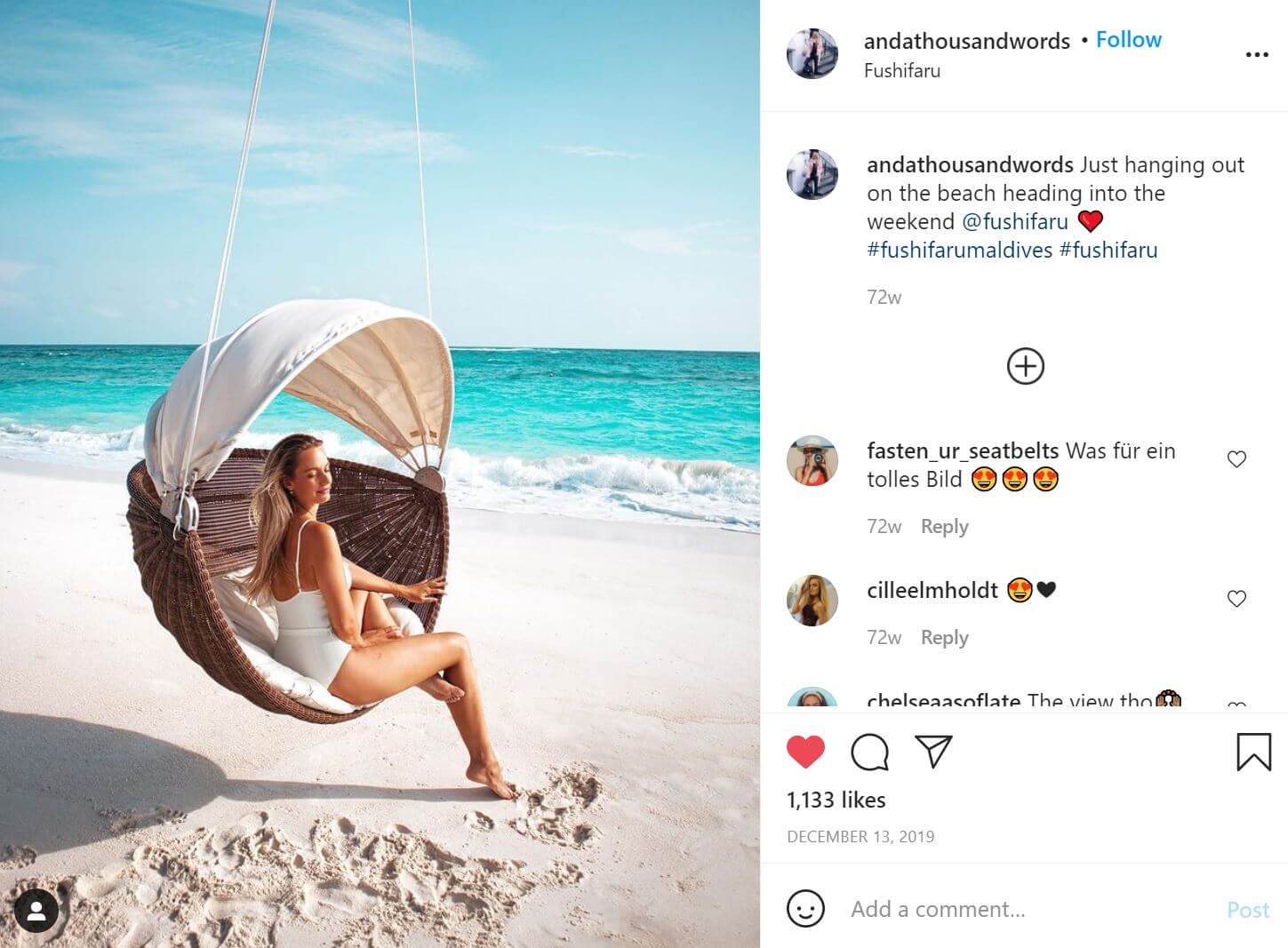
Some common ways to market your tour business are:
- Using social media like Tiktok, Instagram, Facebook, and Twitter can help you reach a larger audience and show off your tours through visually appealing material. Share photos and videos of your tours, interact with your fans, and use the right hashtags to get more people to see them.
- Pay-per-click (PPC) advertising lets you put ads on search engines and social media sites and only pay when someone clicks on your ad. This can be an inexpensive way to reach people who are constantly looking for tours.
- By going to trade shows and other events, you can meet people in the tourism industry and promote your tours to travel agents and other possible customers. To get people to come, offer deals or discounts for plans made at the event.
- Working with influencers can help you reach new people and give your brand more respect. Invite people who have a lot of followers to go on your tours and push them to tell their followers about it.
Management and Organization
Company structure and leadership
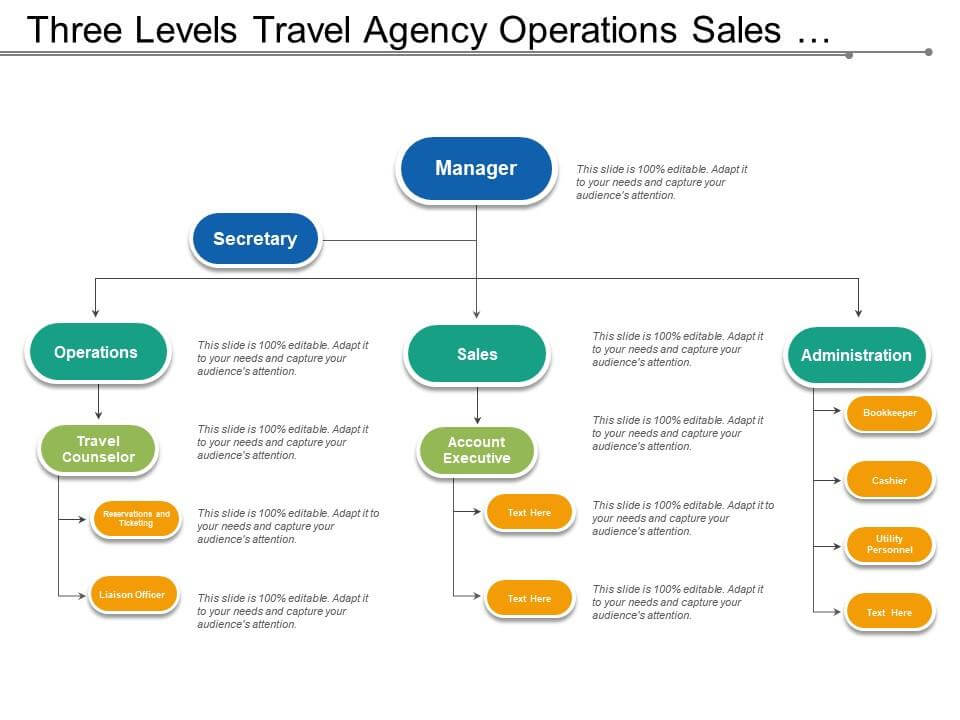
To run operations well, it is important to plan out who will lead the business and how it will be set up. The framework of a company may include things like:
- Individual roles and job descriptions: Tour guide, customer service representative, marketing expert, administrative staff, etc.
- Hierarchical levels of employees: Manager, boss, team leader, employees
- Division of labor across departments: Teams for sales, management, marketing, and customer service.
- Other important roles of management in the tour company business plan: Financial management, risk management, strategy planning
- Expertise and skills of the founders: marketing, operations, money, customer service, and language skills.
Lastly, founders should give all the information that is needed about their areas of knowledge and skill sets so that decisions can be made based on the right skills.
Roles and responsibilities of team members
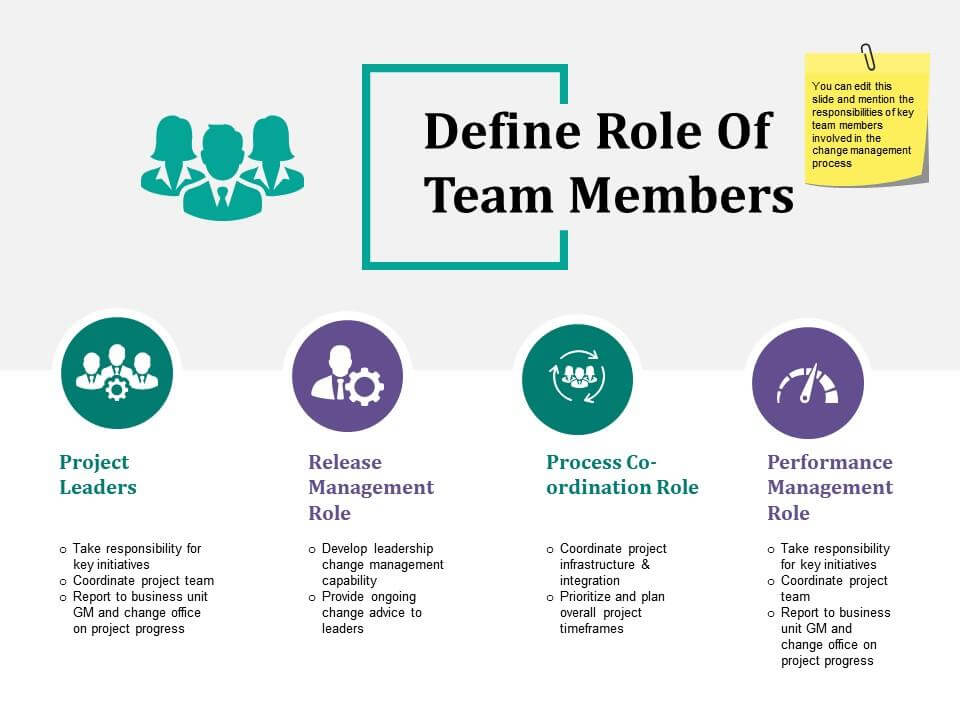
Everyone in the company should know who is in charge of what parts of the business. Here are some of their most important jobs and tasks:
- Creating a general plan for the tour operator business, such as doing market research, analyzing trends, and figuring out the long-term goals of the business.
- Doing research and finding possible destinations. For example, you could look at travel trends, measure market demand, and work with local partners to find the best places for the tours.
- Taking care of customer service: They will be in charge of handling customer questions and issues, helping customers, and making sure customers are happy.
- Organizing and booking trip plans like flights, hotels, and transportation, as well as working with local partners and travel providers to make sure the tours run smoothly.
- Putting together interesting and useful tour schedules for customers. For example, working with local partners to create experiences for travelers that are special and real.
- Marketing and advertising tours to people who might want to go on them. Getting the word out about the tours and bringing in new customers by using social media, email marketing, and other methods.
- Taking care of the business’s finances, such as planning, forecasting, and reporting on finances.
Personnel plan and hiring strategy
This will explain the business’s hiring needs and how you plan to find and hire employees. A good hiring process is important if you want to find suitable people quickly and make sure your current employees feel supported and valued. Think about the skills you need for each job. For example, tour guides need to be good with people and organized, and budget planners need to be good with money.
Also, think about ways to set up feedback methods and in-house training to keep the team’s morale high.
For example, giving workers regular feedback on their performance and giving them chances to improve their skills through training and development programs can help keep them engaged and motivated.
Financial Plan
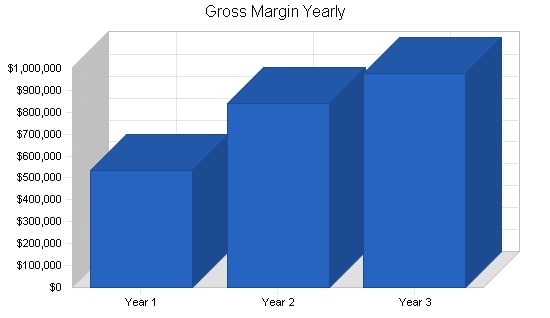
Revenue projections
Accurate forecasts of income should be based on research, and they should include both short-term and long-term plans. It is very important to find ways to make money, such as selling tickets, getting sponsors, or selling things. Estimates of income should be changed all the time to make sure they are accurate and that goals are met.
Cost projections
It is important to write down all of the expected costs, from the early costs of starting up to the ongoing costs of running the business. The cost projection should include exact numbers and estimates to give a full picture. Also, you should predict and plan for ongoing costs like employee salaries and maintenance. To make sure the company does well, it needs a fair estimate of these costs.
Break-even analysis
It is used to figure out how much money the business needs to make in order to cover all of its costs. For example, if a tour business has fixed costs of $20,000 and variable costs of $10,000 per tour, it would take $30,000 in sales for the company to break even. This means that the business needs to make at least $30,000 in sales to pay for all the costs of running the tour.
Funding requirements
Without enough money, it will be hard for a business to get off the ground. So, it’s important to make a budget that is sensible and includes all the money you’ll need. This could include costs for starting up and running the business.
Also, it’s important to think about how much any licenses, permits, or fees will cost. Lastly, don’t forget to figure out how much money you’ll need to cover costs until your tour business can make money on its own.
Risk Analysis
Potential risks and challenges
When creating your tour business plan, there are several potential risks and challenges to consider:
- Weather conditions and natural disasters that could cause disruptions in travel plans
- Unexpected changes in local laws and regulations that could affect the business
- Unforeseen costs associated with unexpected delays and cancellations
- Legal liability in case of accidents or injuries
- Liability for lost or damaged property
- Competitors offering similar tours at lower prices
- Unforeseen changes in customer behavior that could affect demand for tours
- Lack of knowledge of local cultures and languages that could negatively affect customer service
- Difficulty in obtaining required permits and visas for travelers
Contingency plans
Taking a proactive approach is important. Your plan should try to reduce or get rid of risks and offer answers in case something goes wrong.
- Think about what could happen if a worker gets sick or needs to take time off without warning.
- Think about how changing rules will affect profits;
- Outline possible options if clients cancel their tours;
- Make plans for keeping money coming in from other sources during times of trouble.
Conclusion
By now, you’ve obtained a better understanding of what goes into creating a successful business. Having identified your target activities, costs, marketing plans and budget allocation, as well as recognizing potential roadblocks along the way – you have taken an impressive step in developing your tour company! Creating a tour business plan is a project that requires time, research and organization to design. With this well thought out plan in place however, you have laid yourself a strong foundation for success.

